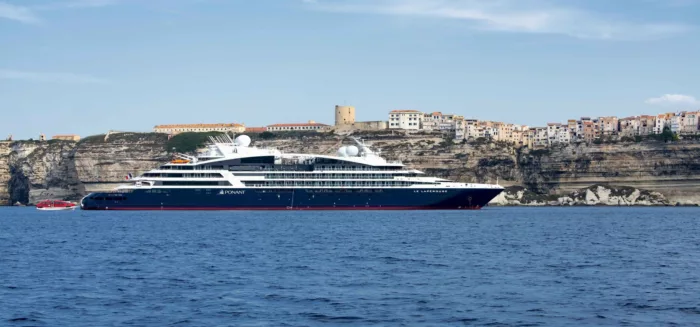Visiting:

When searching for a luxury yacht expedition cruise, there’s one name above all else that you need to know – Ponant Cruises. Founded in 1988 by former French Merchant Navy officers, Ponant combines succulent luxury with authentic adventures on all seven continents.
From classic Mediterranean itineraries and Caribbean sailings, to bucket-list expeditions around Greenland and Antarctica, Ponant cruises proudly counteract the banality of mainstream voyages with a unique take on the concept of small-ship cruising. It’s the absolute trip of a lifetime.















Environmentally friendly, fitted with innovative equipment and complete with lounges designed to be largely open to the exterior, this new and intimately sized yacht offers a unique type of cruise experience.






